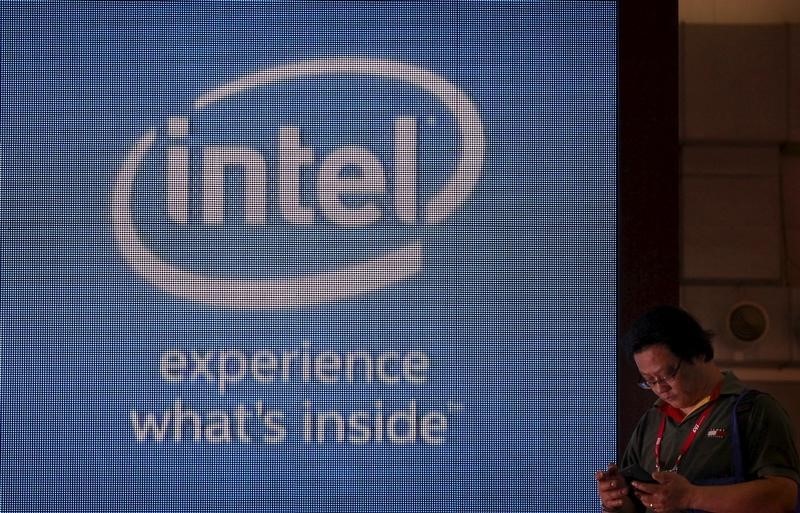That limits the field. They will need to hire someone from TSMC. Or maybe someone from GF. Gary Patton already works at Intel or maybe they can lure Dr. Thomas Caulfield over? Tom pivoted GF and is now successful but growth is questionable since there are no leading edge technologies. The downside, Tom is my age (Pat Gelsinger's age), maybe a younger person would be better suited. I don't see anyone from Samsung being qualified.
Both Gary & Tom have zero product development experience (only foundry/tech development). Given the initial announcement from the BOD -- which talked about priorities / products -- I don't think they would go in that direction.

